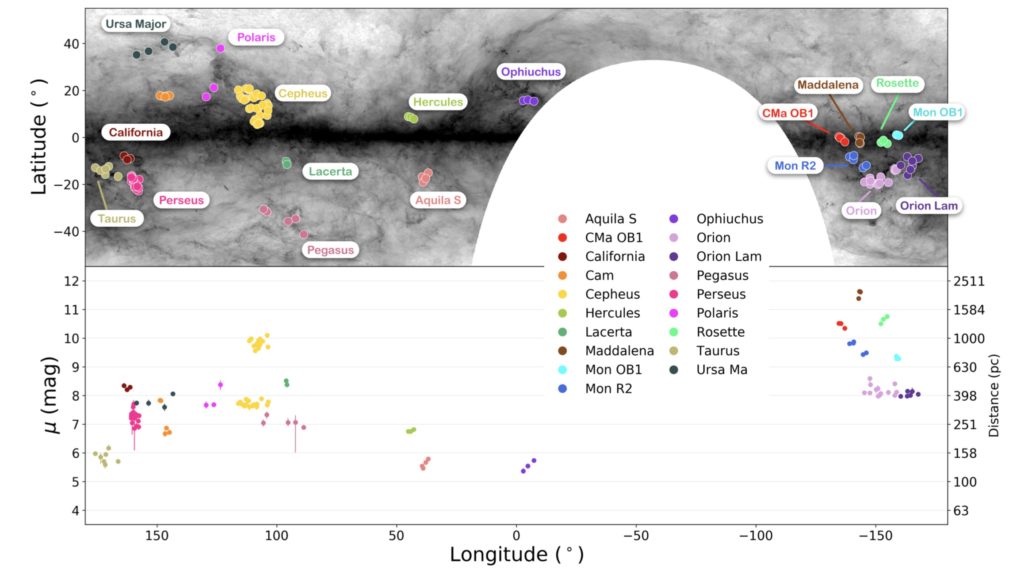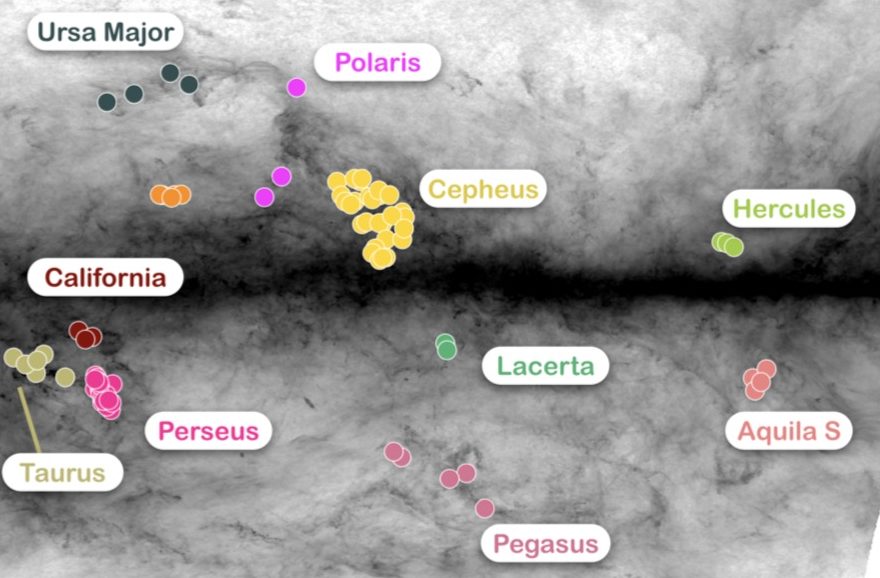We present a uniform catalog of accurate distances to local molecular clouds informed by the Gaia DR2 data release. Our methodology builds on that of Schlafly et al. (2014). First, we infer the distance and extinction to stars along sightlines towards the clouds using optical and near-infrared photometry. When available, we incorporate knowledge of the stellar distances obtained from Gaia DR2 parallax measurements. We model these per-star distance-extinction estimates as being caused by a dust screen with a 2-D morphology derived from Planck at an unknown distance, which we then fit for using a nested sampling algorithm. We provide updated distances to the Schlafly et al. (2014) sightlines towards the Dame et al. (2001) and Magnani et al. (1985) clouds, finding good agreement with the earlier work. For a subset of 27 clouds, we construct interactive pixelated distance maps to further study detailed cloud structure, and find several clouds which display clear distance gradients and/or are comprised of multiple components. We use these maps to determine robust average distances to these clouds. The characteristic combined uncertainty on our distances is approximately 5-6%, though this can be higher for clouds at farther distances, due to the limitations of our single-cloud model.
Zucker, Catherine; Speagle, Joshua S.; Schlafly, Edward F.; Green, Gregory M.; Finkbeiner, Douglas P.; Goodman, Alyssa A.; Alves, João
2019, arXiv e-prints, 1902, arXiv:1902.01425
http://adsabs.harvard.edu/abs/2019arXiv190201425Z

